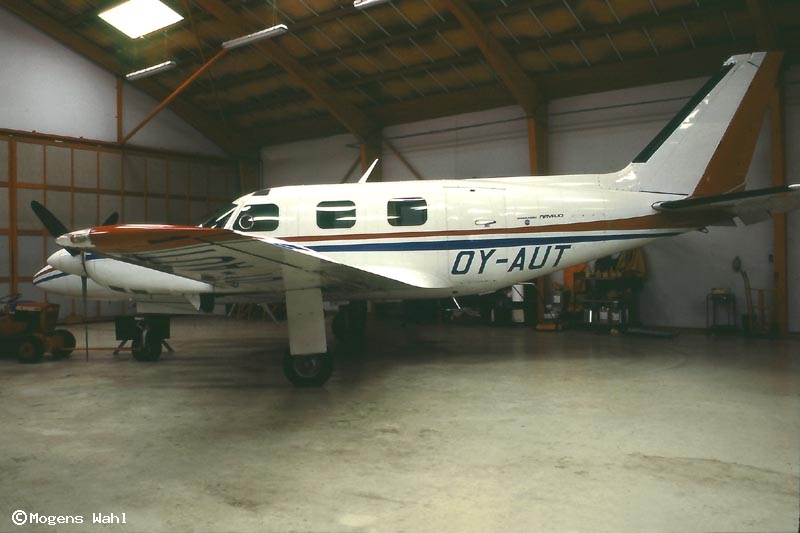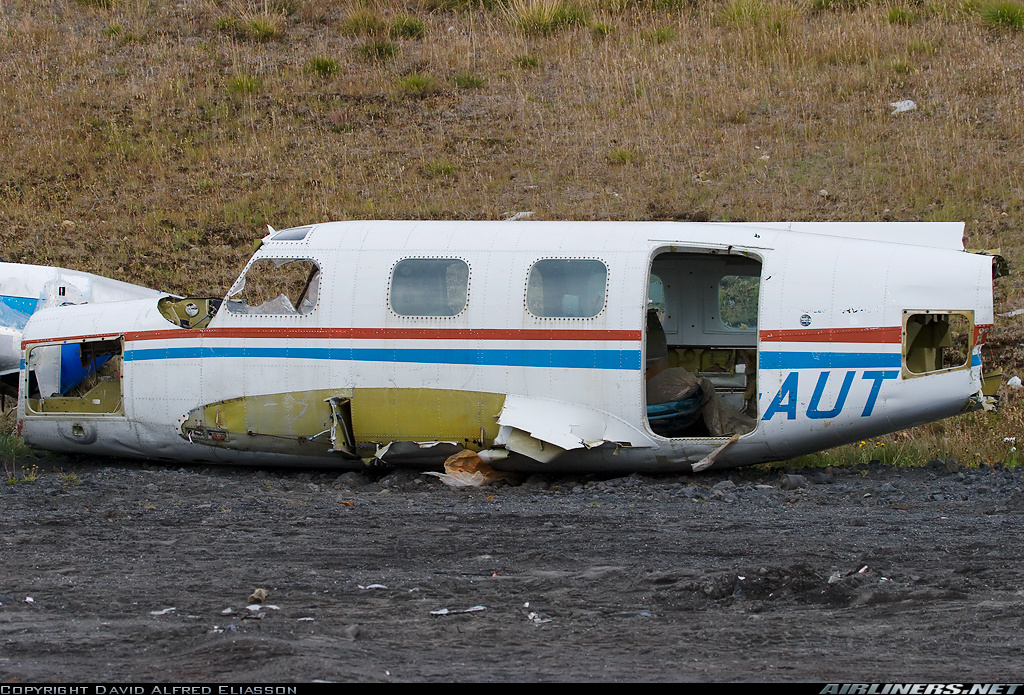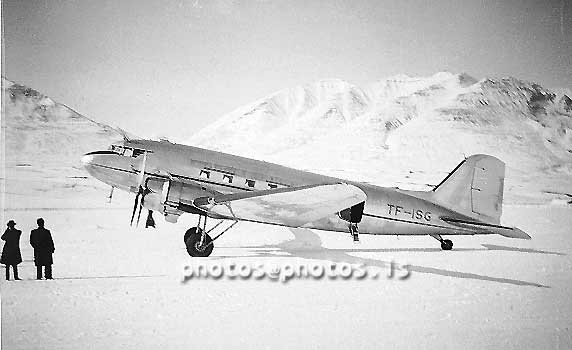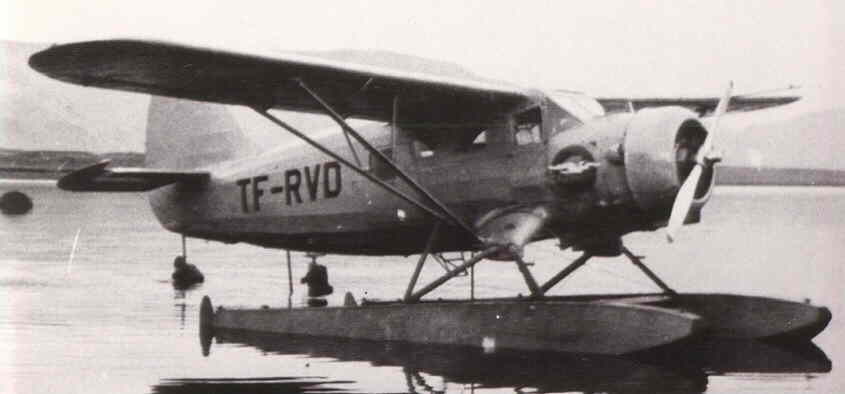Crash of a Piper PA-31-425 Pressurized Navajo in Reykjavik
Date & Time:
Apr 22, 1997
Registration:
OY-AUT
Survivors:
Yes
Schedule:
Reykjavik – Sondreströmfjord
MSN:
31-7400183
YOM:
1974
Crew on board:
1
Crew fatalities:
Pax on board:
0
Pax fatalities:
Other fatalities:
Total fatalities:
0
Circumstances:
Few minutes after takeoff from Reykjavik Airport, while cruising over Eyjafjallajökull, the pilote declared an emergency following the failure of the left engine. He was cleared to return to Reykjavik and was vectored for an approach to runway 14. On final, he encountered strong winds when the aircraft banked left then stalled and crashed 200 metres short of runway. The aircraft was damaged beyond repair and the pilot escaped uninjured. At the time of the accident, the wind was gusting from 100°-130° up to 35 knots.
Probable cause:
Engine failure for unknown reasons.










